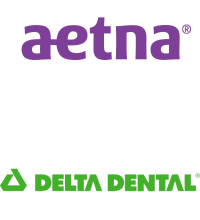Insurances that we accept
Have insurance? Visit our orthodontic clinic and we’ll bill your insurance for the services and treatments we provide for you. Please bring your insurance card and an identification card with you to your initial visit. If you have secondary insurance, be sure to bring those details with you, as well.
Affordable and Quality Orthodontic Care
Don’t have insurance? Have a high deductible plan? Orthodontic Experts offers low self-pay rates for our services. Give us a call to learn about the additional savings if treatments are paid in full.
Can’t make payments in full? No problem! Orthodontic Experts offers customized payment plans via CareCredit starting at $100 per month. Schedule a no-cost consultation and our treatment coordinators will be able to provide you with a payment plan that’s right for you!
Have a sibling? You get a discount! If more than one patient from the same family is treated at Orthodontic Experts, you will receive 10% towards the next sibling’s orthodontic treatment.

Book a No-Cost consultation

We Now Accept Medicaid!
Depending on the severity of the orthodontic case, orthodontic treatment may be covered under Medicaid including All Kids, Public Aid, Medicaid, and Medical Card Braces.
Dependiendo la gravedad del caso, el tratamiento de ortodoncia puede estar cubierto por tarjeta médica.
Accepted Insurances
GEHA Connection
Dental Federal
Principal Financial
Group
Find orthodontic experts Near you
Illinois (20 Locations)
Indiana (4 Locations)
Wisconsin (5 Locations)








